and suddenly it all blossoms
Riga’s Biennial takes center stage during Covid-19
Words Kelley Mullarkey
Making a descent on the shores of the Baltic Sea to Riga, Latvia does not typically conjure up fantastical images of stark white testing sites, women in hazmat suits or seemingly foot long nose swabs that dare to get cozy near your brain cavity.
Prior to 2020, this kind of arrival to an international Biennial as an editor would have appeared to be part of some sort of grand large-scale sociocultural art performance or a live stream from an experimental art house filmmaker.
“I have to acknowledge Covid-19 as my co-curator,” says Rebecca Lamarche-Vadel, chief curator of RIBOCA2, during RIBOCA2’s opening. Entitled and suddenly it all blossoms, the second edition of RIBOCA was conceived as a response to global apocalyptic narratives and the duality of both unsettling and optimistic re-enchantment, borrowing its title from the Latvian poet Māra Zālīte.

Founding Director Agniya Mirgorodskaya created Riga’s Biennial of Contemporary Art to promote Baltic and international artists to engage with the city of Riga, provide community and educational support and foster deeper cross border collaborations, with the support of the Riga City Council. RIBOCA rails against cynicism and political despair, transforming fear into opportunity.
Originally planned to take place in May and run through October, the team quickly had to adapt when the world came to a screeching halt in March. Like a house of cards crashing down, one by one virtually every art and cultural event around the globe set to take place during 2020 was canceled.
One of the lone outliers, RIBOCA2 chose to forge ahead by reimaging their entire format with complete flexibility and openness. Something all of us are currently experimenting within our day-to-day lives.
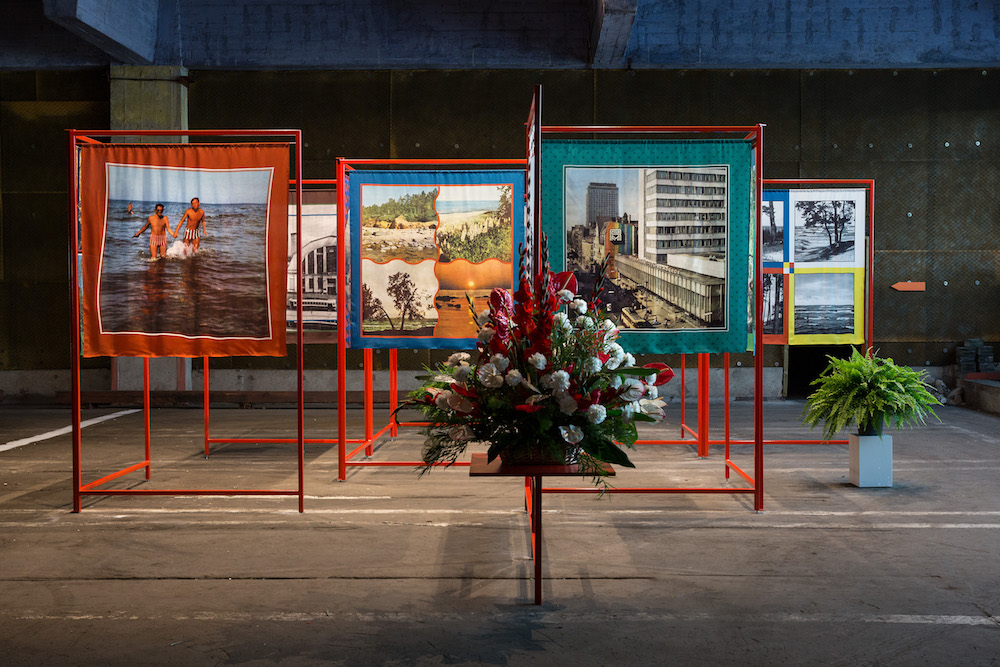
To push forward during a pandemic and bring the vision in an adapted form to life is already a miracle in itself. To do so with such a strong sense of passion, purpose and determination deserves serious recognition.
The Biennial proposes a strong notion of unlearning; a term and concept that we have seen make waves around the world, from conversations surrounding racism to the climate crisis. How can we build the future while unlearning the destructive ways we’ve been building the world throughout our history for so long, exploiting humans and resources?
RIBOCA2 seeks to use art and education to show that when you build new imaginaries, the possibilities are endless. New power dynamics can shift when we evolve and reinvent.
A dystopian setting that rivals the internal and external conflicts we’ve been fighting since the start of the pandemic, RIBOCA2’s home is situated at Riga’s historic Andrejsala port, within reach of the city’s incredible Art Nouveau architecture epicenter.
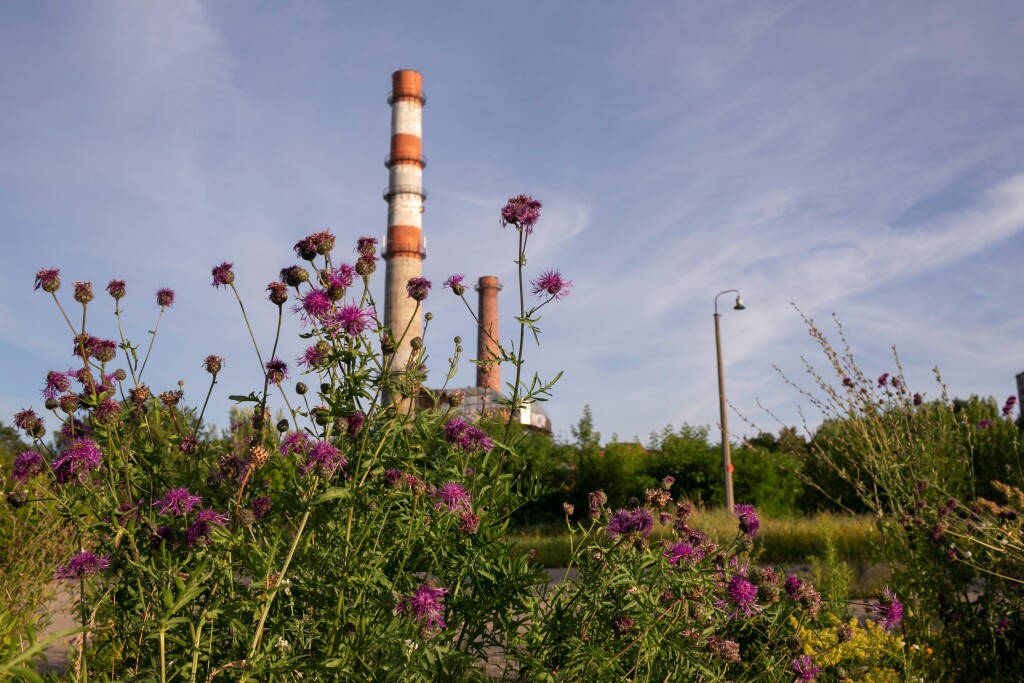
Discarded and formerly unpleasant meadows have given way to blooming pockets of plants, from sage to lavender to camomile, reclaiming territory as a result of seeds dropped around the site by Dr. Vija Eniņa, an expert in medicinal plants, as part of RIBOCA2. They sit juxtaposed next to derelict warehouses welcoming the international art community. Historically, Latvia has a strong link with the traditions of herbal medicine.
Folklore and mythology run deeply through the veins of RIBOCA2’s curation, which weaves together an array of diverse participants some of whom do not identify as artists or academic artists, a conscious choice that has carefully crafted a narrative to change the perception of how we think of an artist and art, a typically elitist world of privileged gatekeepers with sophisticated expensive art school degrees.
Common themes found in Latvian culture such as the changing of seasons, the fertile land and the family are found throughout the Biennial and breathe life into the notion of finding solace in nature as the forest in Latvia is considered a sacred place.
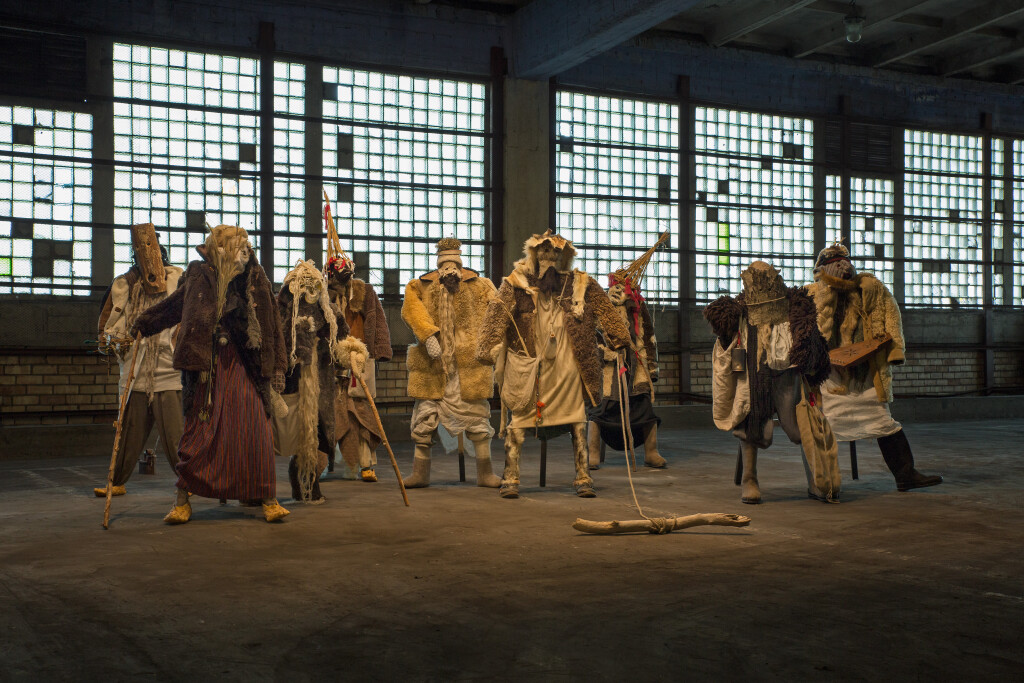
One of the most fascinating examples of this is the work of Russian artist Nikolay Smirnov. For RIBOCA2 he created an installation entitled Religious Libertarians stemming from his research on contemporary religious libertarianism in Russia and the Baltics. His work focuses on cultural practices and scientific knowledge at the intersection of philosophy, art and everyday life. His archival presentation featured a variety of masks, suits and costumes belonging to different groups and individuals.
The objects presented reveal a confrontation between contradictory histories. Masks from the Stalt family from a Livonian tradition kept alive by members of the family. The Stalts identify themselves as part of this historical community, and maintaining their specific language, songs and rites and having been active participants of the struggle for Latvia’s independence from USSR during the late 1980s.
Nikolay Smirnov’s work strives to acknowledge the value that alternative beliefs have as alternative ways of making worlds.
In the age of climate change, Lithuanian artist Augustas Serapinas work, such as Mudmen shown at RIBOCA2, engages us to face a destabilizing reality and to imagine the kinds of rituals we could find to replace our traditional customs. He builds from the traces of human relations and sensitivity to nature and our environments.
For RIBOCA2 he planned to make clandestine copies of a hundred snowmen found on the streets of Riga during the snow season as an homage to children’s creativity and an illustration of the collaboration between personal imagination and meteorological conditions. Due to climate change and historically warm weather, no snowfall happened this past winter.
Instead, he started working with soil, showcasing the highly resourceful and creative responses humans can have when faced with increasing scarcity.
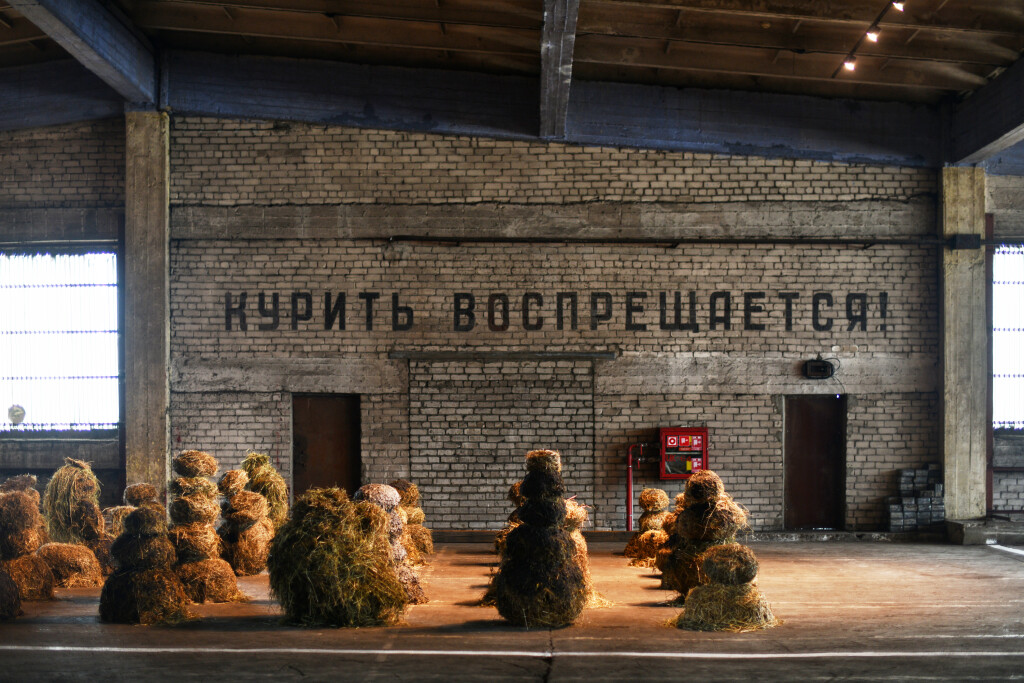
The incredible and highly innovative 3 Pavaru Restorans (the three chefs restaurant) created a fully immersive menu for RIBOCA2 based on the Latvian solar calendar in the form of nine courses, detailing the historical celebrations such as Midsummer. Guests travel through an entire year of harvest experiencing food that was forbidden during Soviet times.
The chefs, who approach cooking as a way of uniting biology, art, history, politics and fashion, worked with small-scale local suppliers for the menu and spent months researching with the aim to put the world on a plate while exploring our relation to food and nature.
It may be the American artist Bridget Polk, who is known for her gravity-defying rock installations, though whose work fully mirrors our current collective anxiety and being plunged into the deep unknown.
Her work, which uses the process of balancing rocks, looks at the power of an invisible material and the idea of fragility and time and accepting that all things start, end and collapse.
While the Biennial came to life in a completely reinvented and unorthodox format during the most unprecedented of times, it proposes questions for us all to dive deep into and will live on as a feature film, shot during the course of the event. Co-directed by local filmmaker and theorist Dāvis Sīmanis, the release is set for early 2021 as a feature-length film for all to experience and ponder the growing possibilities of the future.
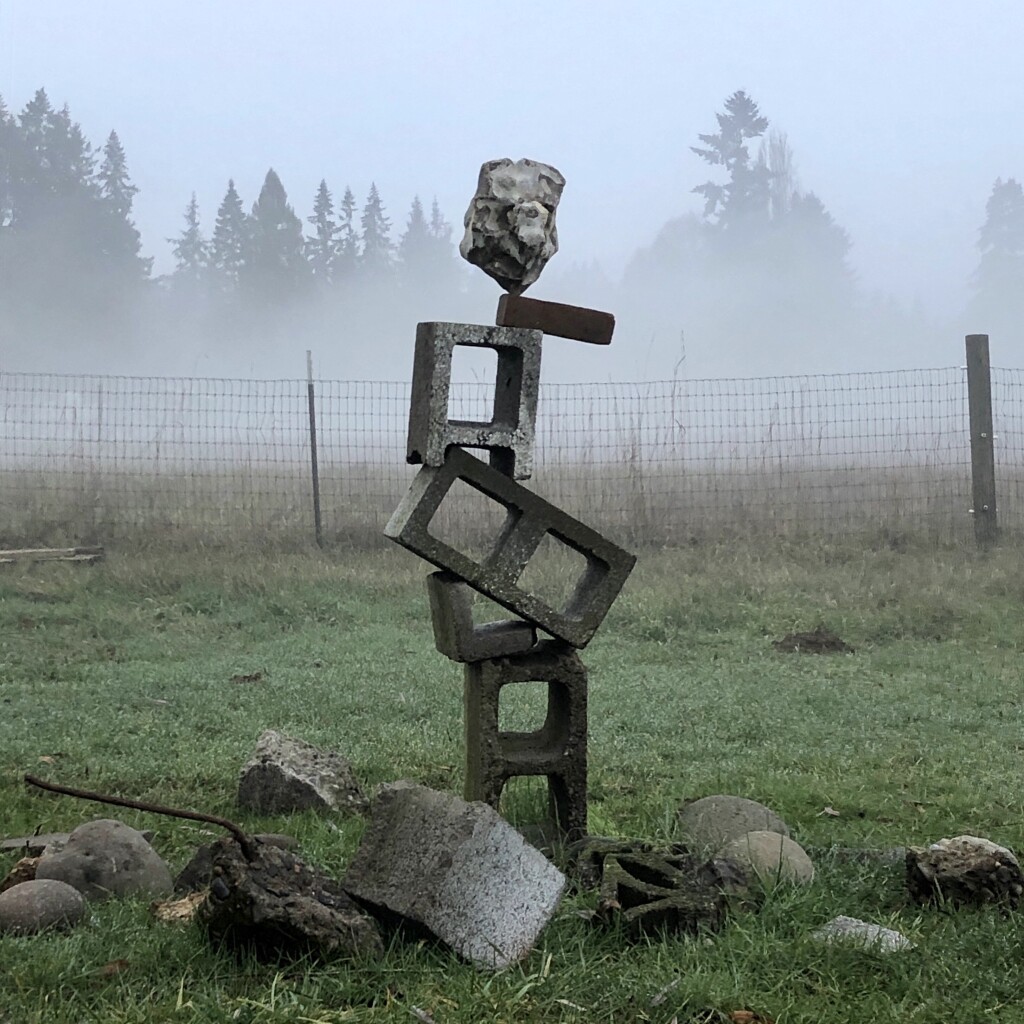
Related Reading




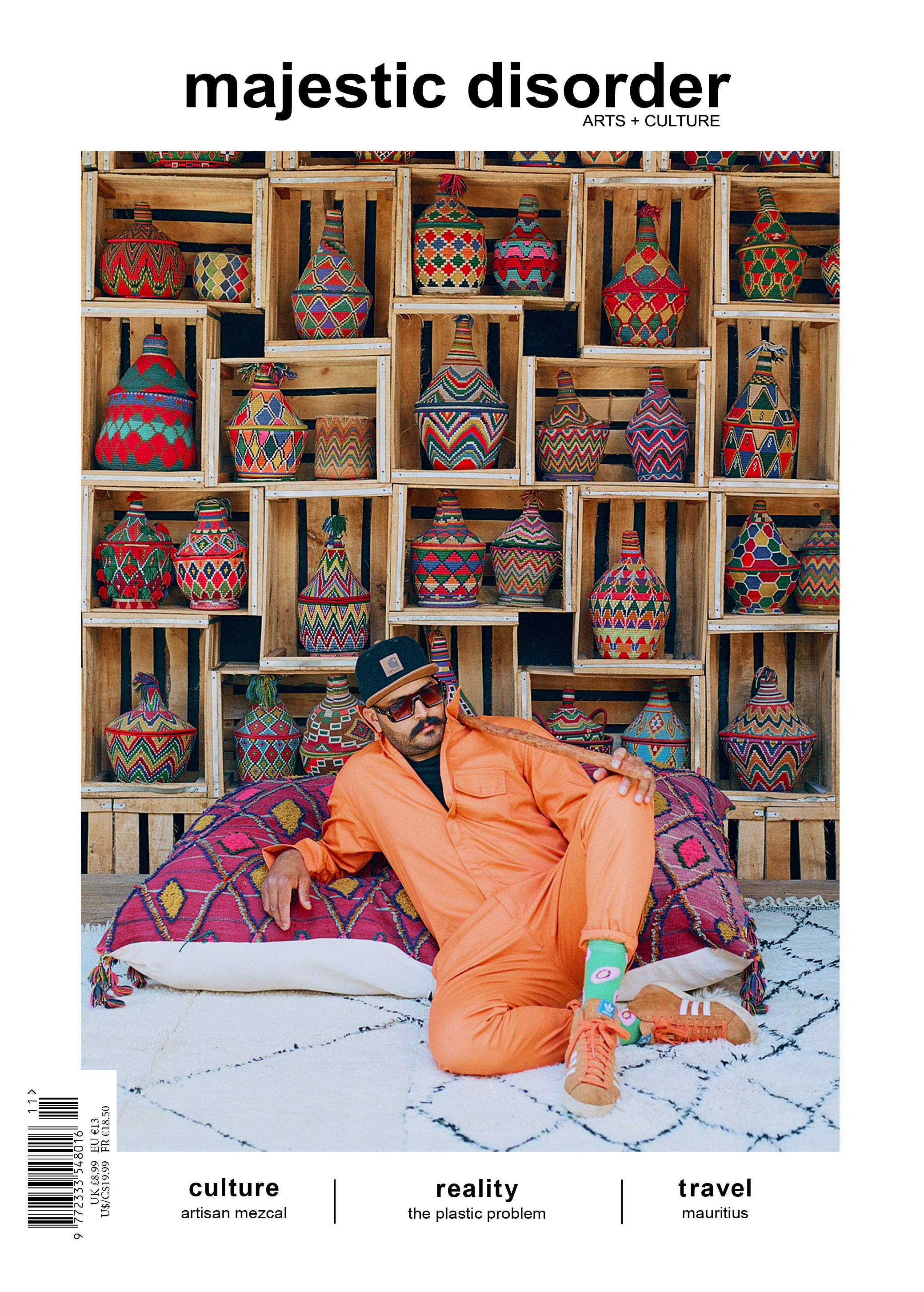
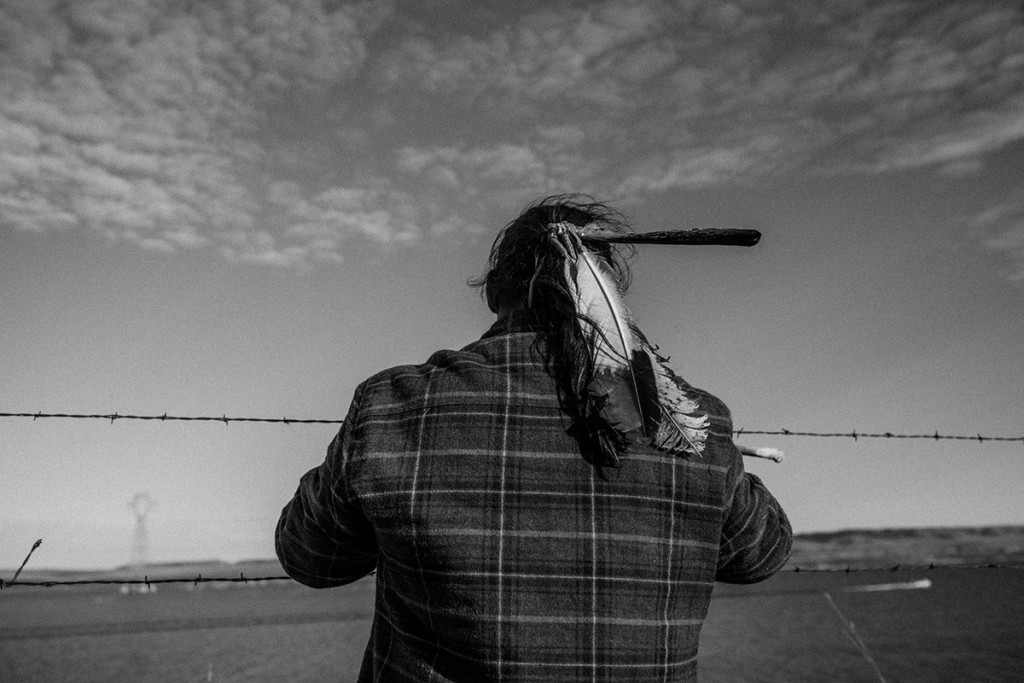
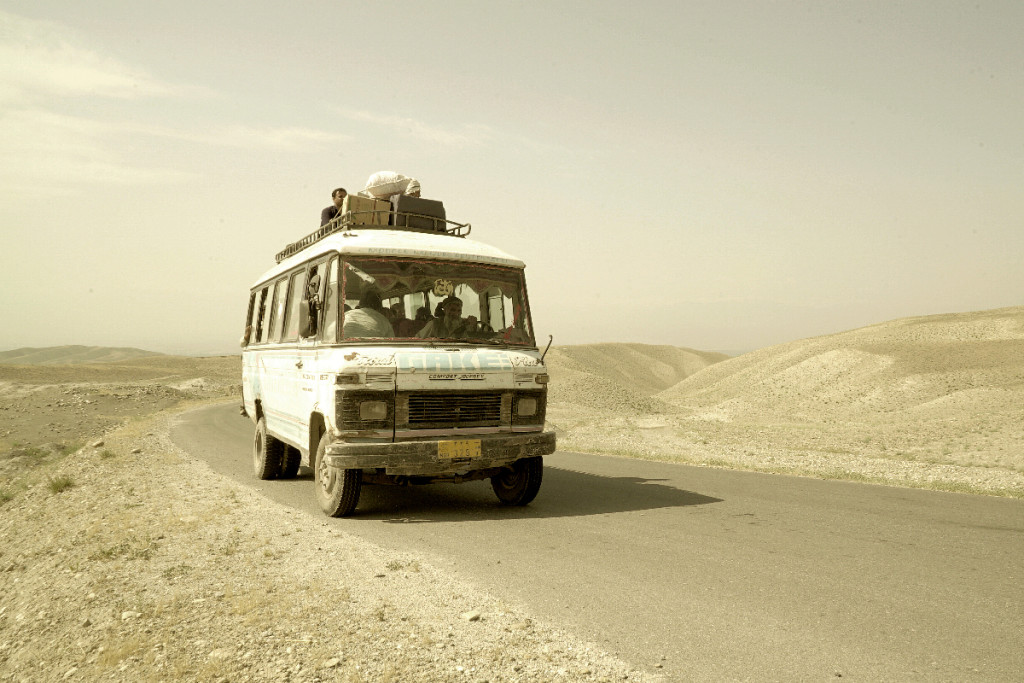
 @majesticdisorder
@majesticdisorder